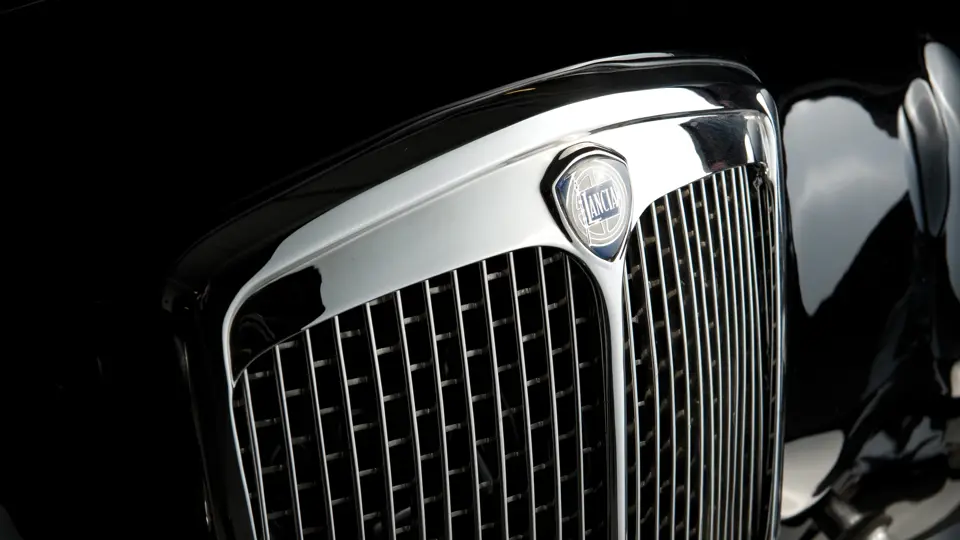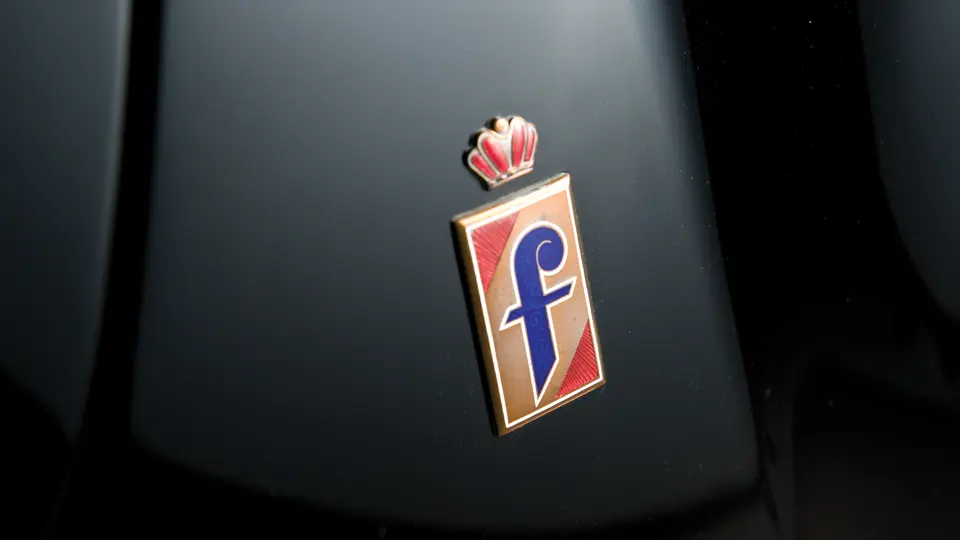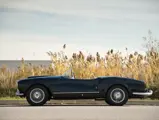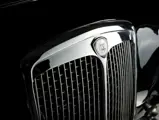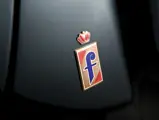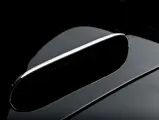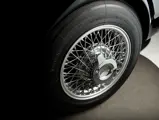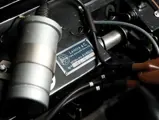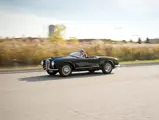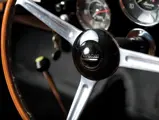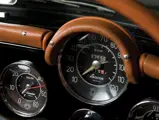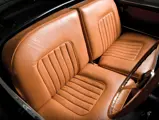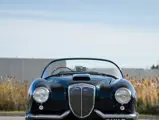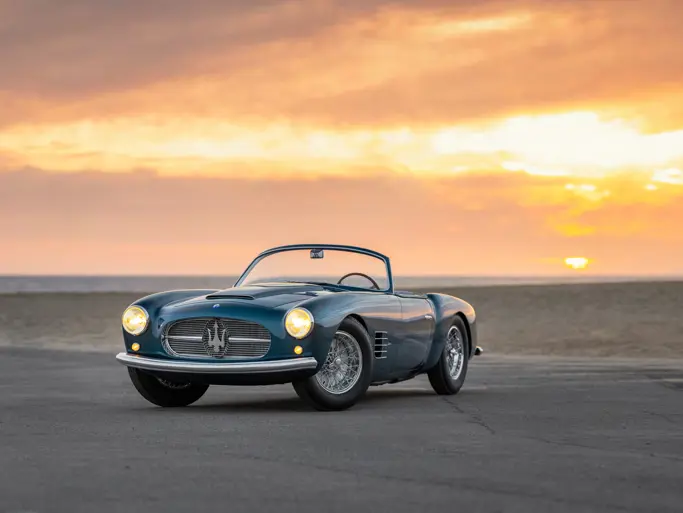
1954 Lancia Aurelia B24 Spider America by Pinin Farina
{{lr.item.text}}
€625,000 - €725,000 EUR | Not Sold
{{bidding.lot.reserveStatusFormatted}}
- One of the most desirable Lancia models
- Restored with performance in mind
- Numerous tasteful custom features
- Une des Lancia les plus désirables
- Restaurée dans un esprit de performances
- Nombreux aménagements spéciaux judicieux
118 bhp, 2,451 cc SOHC V-6 engine with two twin-choke Weber 40 DCL5 carburettors, four-speed manual transaxle, independent sliding-pillar front suspension, de Dion rear axle with leaf springs and shock absorbers, and four-wheel hydraulic drum brakes. Wheelbase: 2,451 mm.
Moteur V-6, 2 451 cm3, 118 ch, un ACT, deux carburateurs Weber double corps 40 DCL5, boîte manuelle quatre rapports transaxle, suspension avant coulissante indépendante, essieu arrière De Dion avec ressorts semi-elliptiques et amortisseurs, freins hydrauliques à tambours sur les quatre roues. Empattement: 2 451 mm
Lancia’s first post-war car, the revolutionary Aurelia, appeared in 1950. Its combination of the first production V-6 engine with a balanced transaxle gearbox and inboard rear brakes were revelations in post-war Europe. The initial B10 saloon was quickly followed by a coupé, the B20, which was built on a shortened platform. Although the Aurelia was built with a semi-unitary body, a platform for coachbuilders (the B50) was also offered, on which Pinin Farina built a four-seat cabriolet. However, it was felt that a proper open two-seater sport model was required, especially for the U.S. market.
The answer was the B24 Spider America, which was launched in 1954. Pinin Farina’s shapely roadster was built on a wheelbase that had been shortened a further 210 millimetres from the coupé, and it featured a dogleg wraparound windshield and side curtains, with no external handles for the doors or boot, to prevent interruption of the almost liquid lines. As Lancia had established itself in the early 1950s as a force in international competition, it is not surprising that hints of the marque’s D24 racing car could be seen in the look of the new sport car. After only 240 Spider Americas were built, a heavily revised model, the B24 convertible, was introduced in 1956. With an eye towards creature comforts rather than sportiness, the convertible added weight with roll-up windows, higher doors, more interior furnishings, and a more upright windshield. At once, the Spider America was destined to be set apart.
The car offered here is believed to be one of the fifty-nine original right-hand-drive Spider Americas produced, as judged by its long-term history in the British Isles and its British registration of SYK 6. In 2009, it was discovered in weathered condition and under the ownership of J.G. Woodgate, of Wokingham, Berkshire, United Kingdom. Mr Woodgate had acquired the Lancia in 1973 and had driven it for some years before taking it apart, with the plan established to restore it and put it on display in the National Motor Museum at Beaulieu. Unfortunately, that plan never came to fruition, and it was left to a new owner to complete the Lancia’s return to life.
With the original bodywork judged to have been damaged beyond repair, the Lancia’s new owner proceeded to have the body reskinned in lightweight aluminium and painted black. The chassis and engine are believed to still be original to the car. The interior was restored in eye-catching burnt orange leather, with several upgraded hardware components installed to improve usability and functionality. This car, which has recently been well-maintained in a prominent North American collection, remains in excellent cosmetic condition, and it presents beautifully in its unusual yet attractive colour combination.
This is an exciting automobile that was built with speed and power in mind, and it is ideal for the gentleman for whom the stock Spider America simply is not “hot” enough. It is light and powerful and will be a capable entrant for vintage rallies and other events.
La première Lancia d'après-guerre, la révolutionnaire Aurelia, est apparue en 1950. La combinaison du premier moteur V-6 de série, d'une boîte transaxle et de freins accolés à la transmission était une véritable révélation pour l'Europe d'après-guerre. La première berline B10 était rapidement suivie par le coupé B20, produit sur une plateforme raccourcie. L'Aurelia était conçue comme une monocoque, mais un version avec plateforme séparée, la B50, était également disponible pour les carrossiers. C'est sur cette base que Pinin Farina proposait un cabriolet quatre places. Mais le besoin d'un vrai cabriolet sportif se faisait malgré tout sentir, surtout sur le marché américain.
La réponse est arrivée par le biais de la B24 Spider America, lancée en 1954. Cet élégant roadster Pinin Farina était construit sur une plateforme encore raccourcie de 210 mm par rapport au coupé. Il présentait un pare-brise panoramique et des panneaux latéraux amovibles, aucune poignée de porte et de coffre ne venant perturber la fluidité des lignes. Lancia s'étant montré au début des années 1950 extrêmement compétitif en sport automobile international, il n'est pas surprenant de trouver dans la B24 des traits de style provenant de la D24 de course. Après avoir produit 240 exemplaires de Spider America, Lancia proposait en 1956 une version modifiée, la B24 Convertible. Plus orienté vers le confort que le sport, ce cabriolet comportait des vitres remontantes, des portes un peu plus hautes, un aménagement intérieur plus fourni et un pare-brise plus haut. Il faisait du Spider America une voiture à part.
La voiture que nous proposons ici ferait partie des 59 exemplaires de Spider America à conduite à droite d'origine, à en juger par sa longue histoire dans les îles Britanniques et par son immatriculation anglaise SYK 6. Elle a été découverte en 2009 au Royaume Uni, en état fatigué, entre les mains de J.G. Woodgate, de Wokingham, Berkshire. M. Woodgate en avait fait l'acquisition en 1973 et l'avait utilisée quelques années avant de la démonter, dans l'intention de la restaurer et de l'exposer au National Motor Museum de Beaulieu. Malheureusement, ce plan ne s'est jamais réalisé et ce fut au nouveau propriétaire de ramener cette Lancia à la vie.
La carrosserie d'origine étant alors considérée comme trop abîmée pour être sauvée, le nouveau propriétaire décidait de la faire refaire en aluminium, et de la peindre en noir. Le châssis et le moteur seraient ceux d'origine de la voiture. L'intérieur a été restauré dans un cuir orange du plus bel effet et la voiture présente plusieurs améliorations destinées à en faciliter l'utilisation et la fonctionnalité. Bien entretenue récemment au sein d'une grande collection américaine, cette voiture se présente en excellent état cosmétique, superbe dans son thème de couleurs inhabituel et séduisant.
Voiture excitante restaurée dans un état d'esprit d'usage et de vitesse, il s'agit d'une machine idéale pour l'amateur qui considère que le Spider America d'origine manque tout simplement de puissance. Légère et puissante, cette voiture fera une engagée idéale en rallyes historiques ou autres évènements.
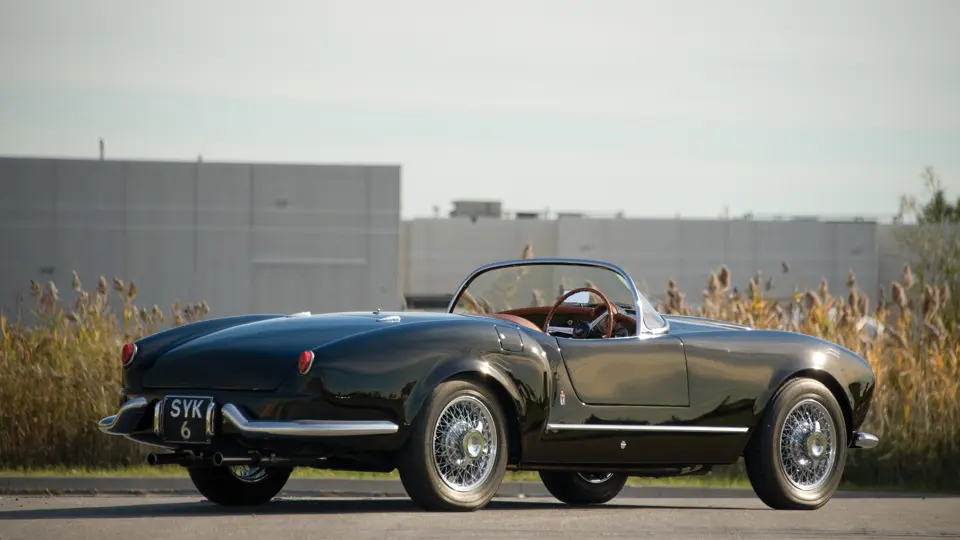
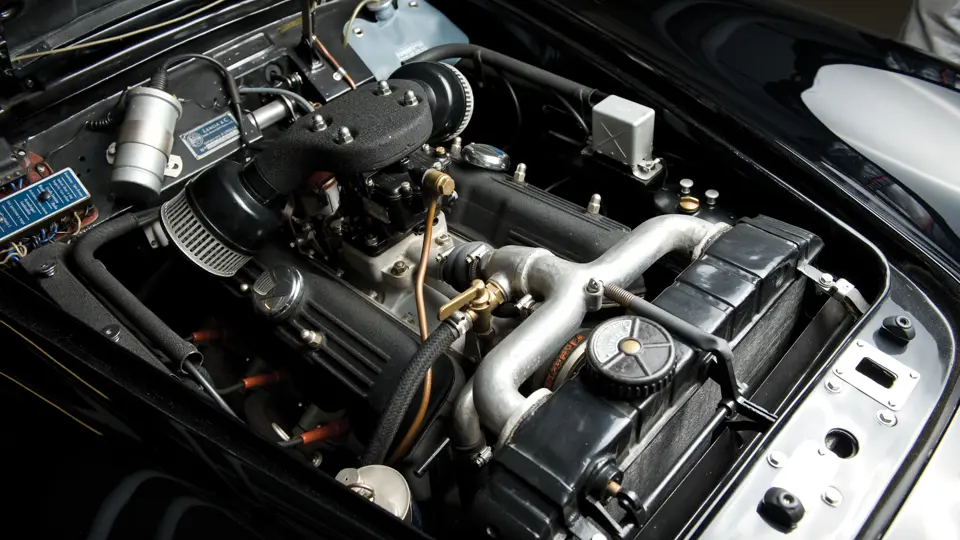
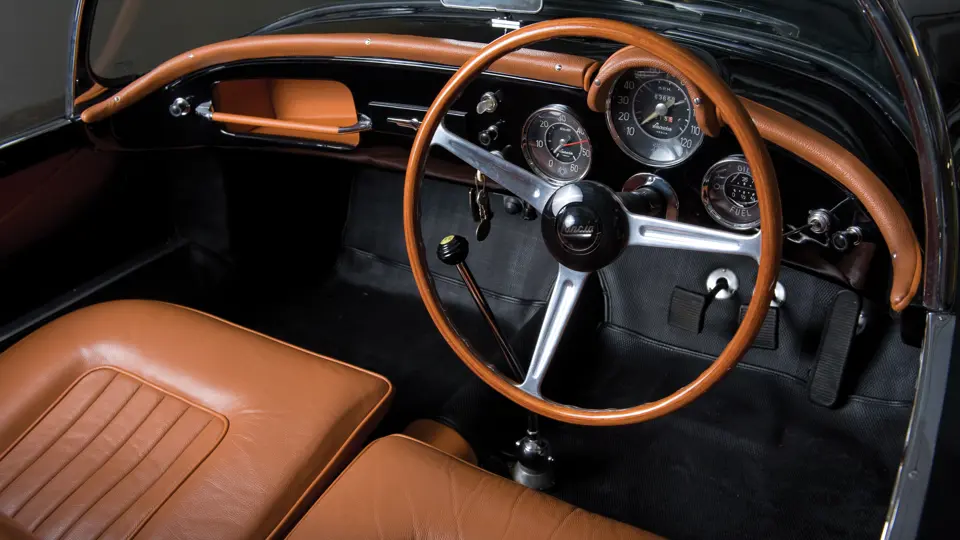


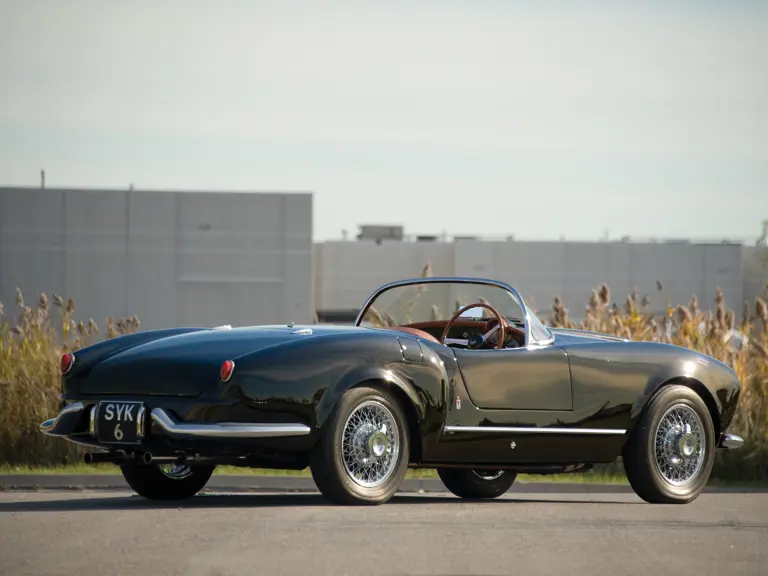
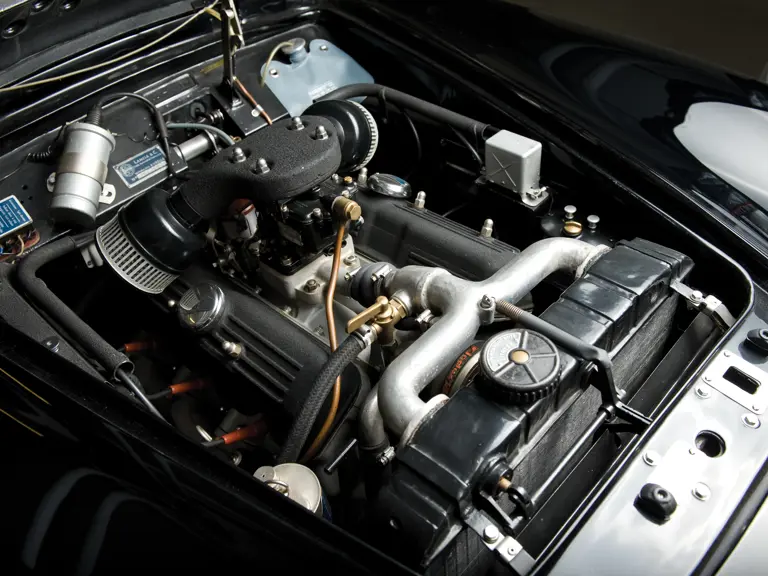

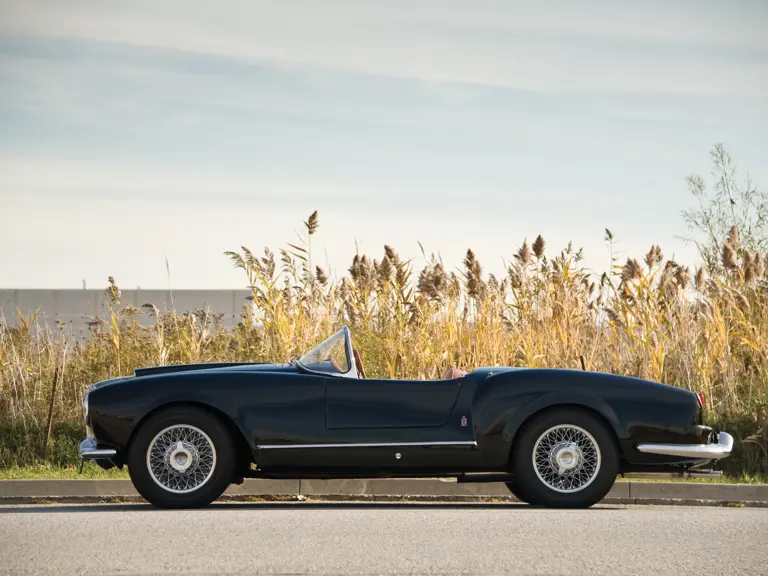
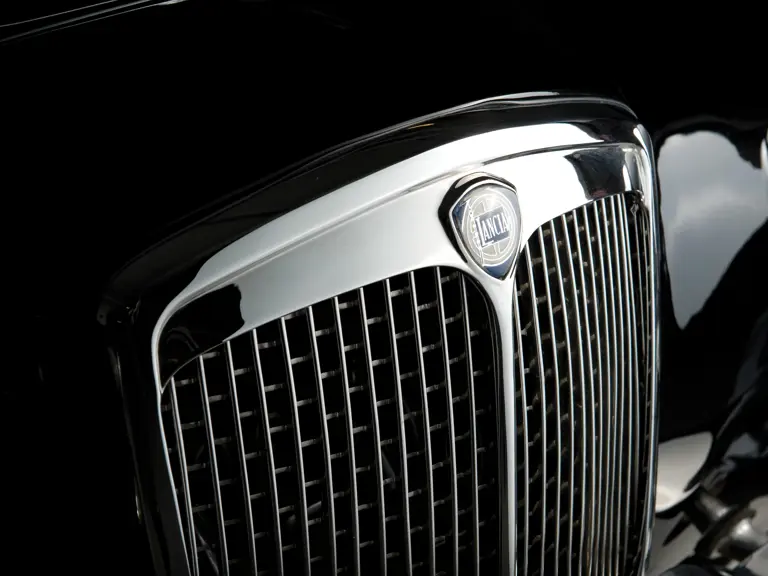

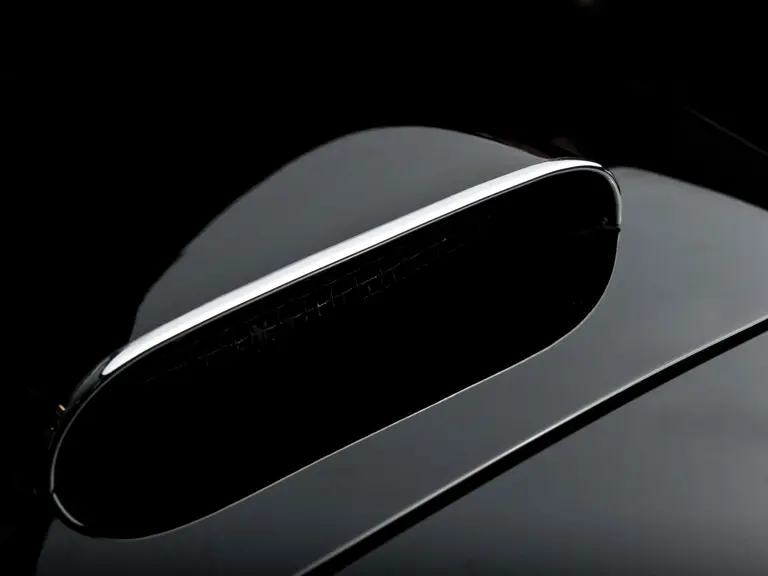
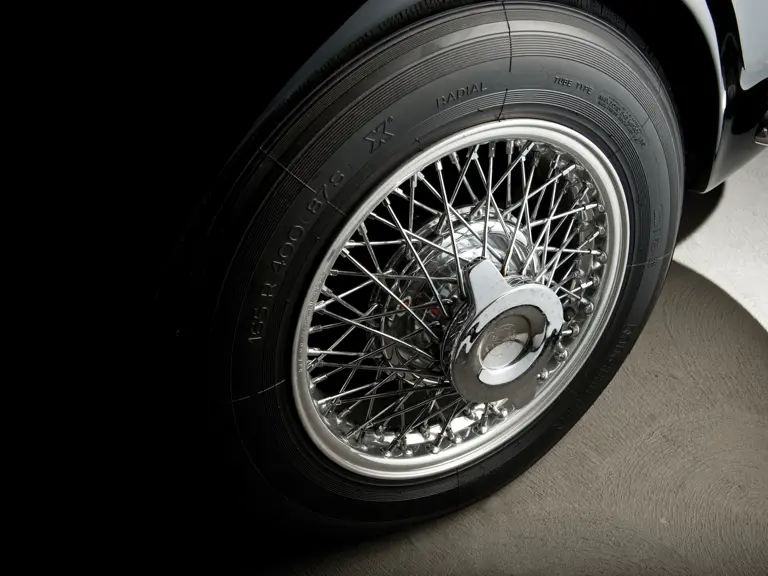
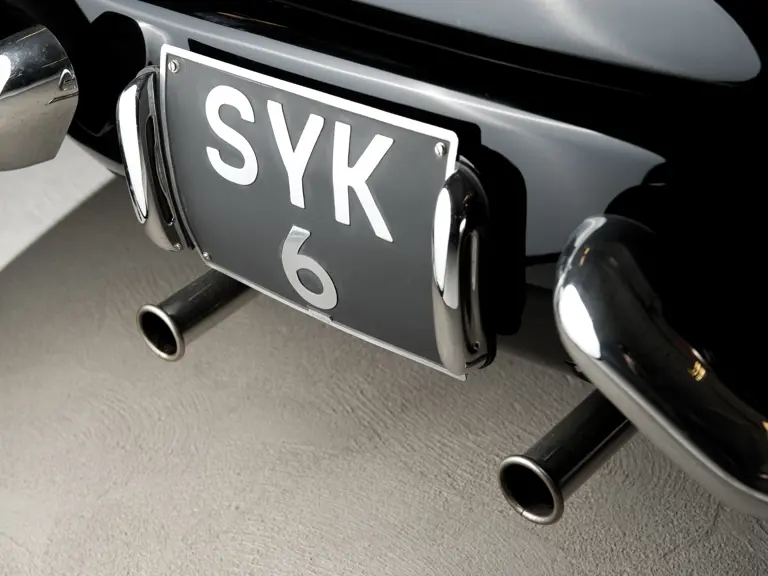
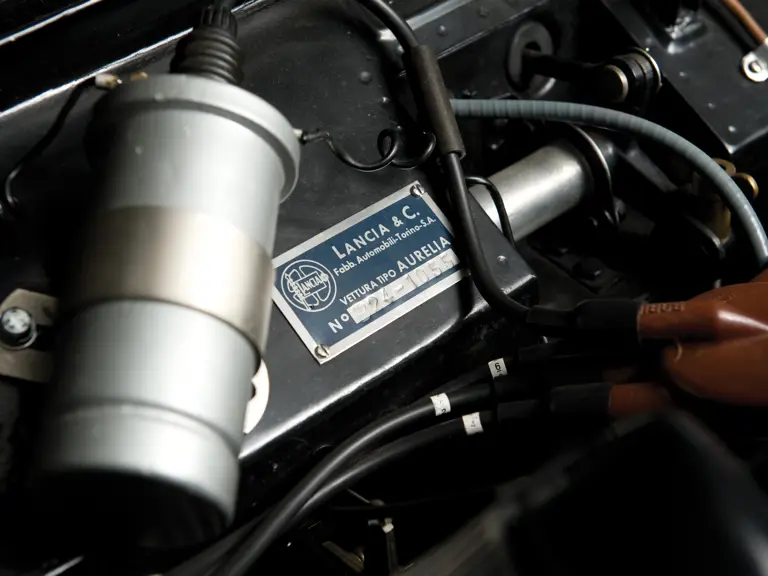
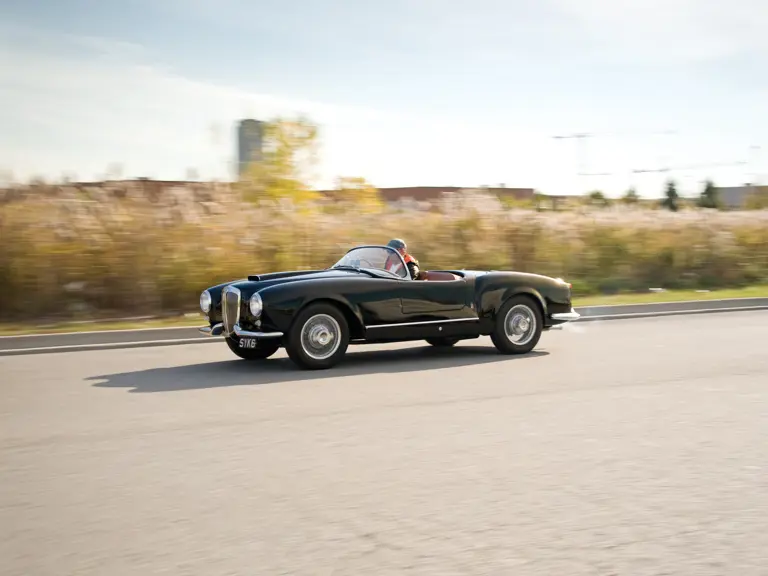
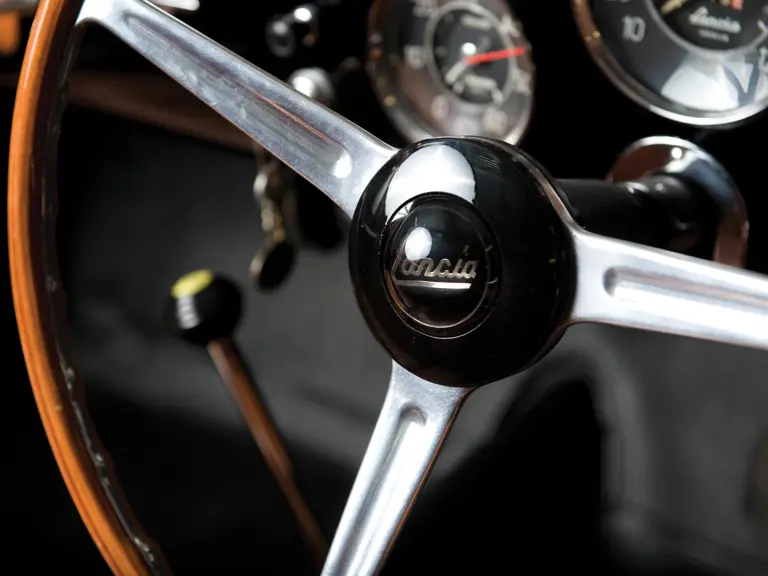
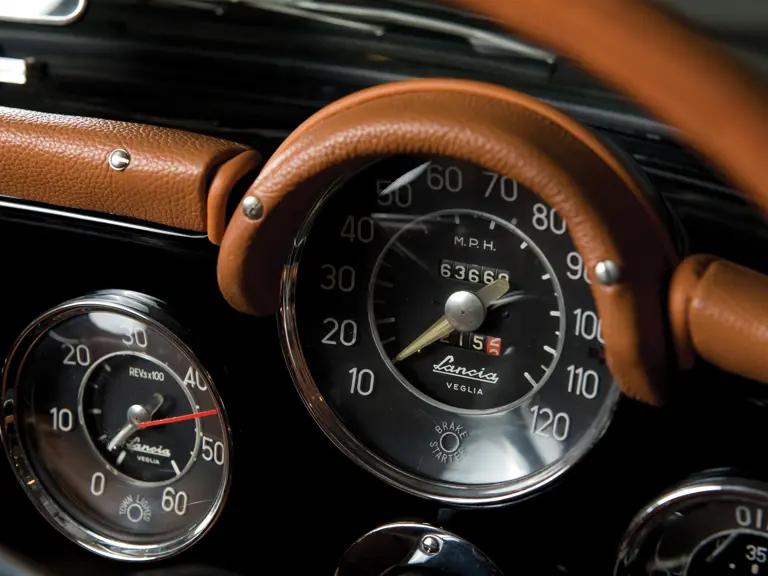
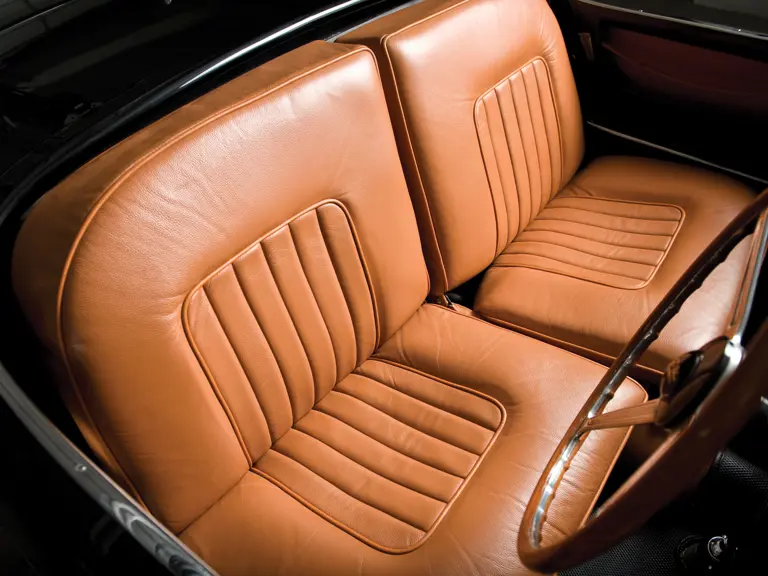
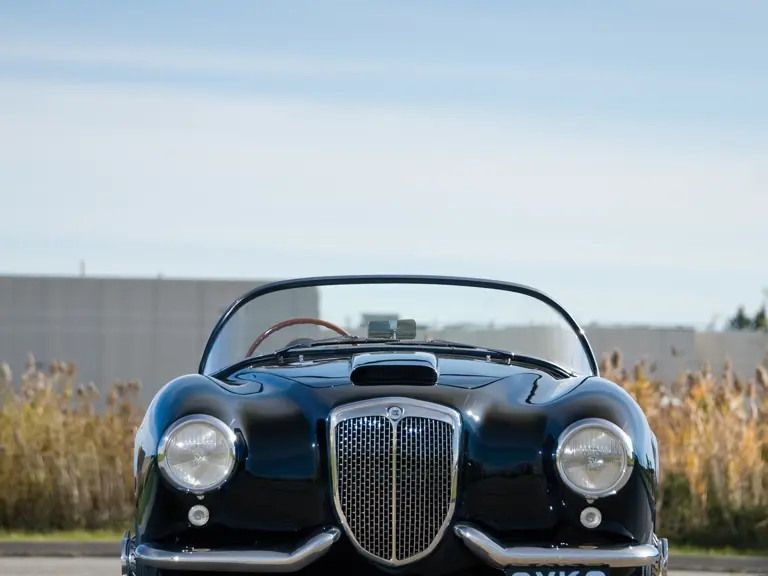
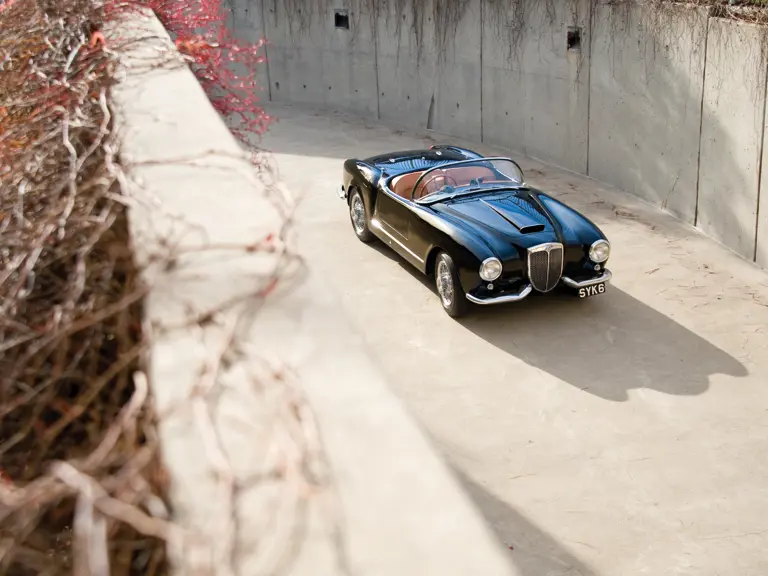
 | Paris, France
| Paris, France

